Step into the vibrant tapestry of Querétaro, a city where history and culture converge to create a unique experience. Renowned for its rich cultural heritage, Querétaro boasts a treasure trove of iconic landmarks that reflect its deep-rooted history and indigenous influences. From its colonial architecture to its archaeological wonders, Querétaro offers a blend of traditions that captivate visitors and historians alike. This article delves into the essence of Querétaro, uncovering what makes it stand out among other cities in Mexico and exploring its journey to becoming a UNESCO World Heritage Site. Join us as we embark on a journey through the cultural landmarks of Querétaro, revealing its hidden gems and the pride of its residents.
Key Takeaways
– A UNESCO World Heritage Site: Querétaro is recognized as a UNESCO World Heritage Site, celebrated for its historic monuments and colonial charm.
– Cultural and Historical Legacy: The city boasts a rich blend of indigenous and Spanish architectural influences, showcasing its deep-rooted history.
– Local Identity: Residents are known as “Queretanos,” reflecting a strong sense of community and regional pride.
– Unique Destination: Querétaro stands out as a place where tradition meets modernity, offering a one-of-a-kind cultural experience.
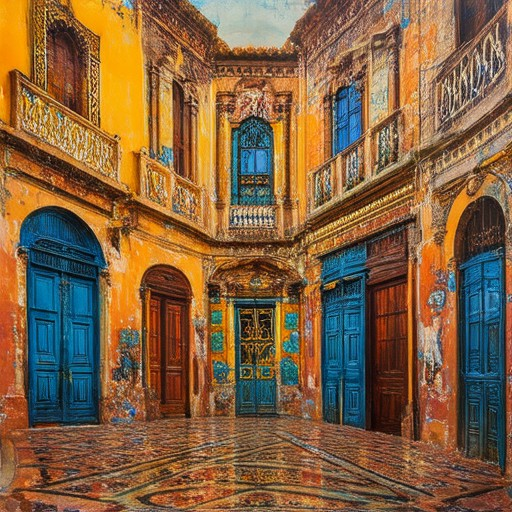
What is Querétaro Most Known For?
Querétaro is renowned for its rich history, stunning colonial architecture, and cultural significance. Here’s a breakdown of what makes Querétaro stand out:
Historical Significance
Querétaro played a pivotal role in the Mexican War of Independence. It was the birthplace of key revolutionary figures like José María Morelos y Pavón and José Ignacio Altamirano, who contributed significantly to the movement for Mexican independence.
Cultural Heritage
The city boasts impressive colonial-era buildings, including the iconic Aqueduct of Siloé, which dates back to the 17th century. Querétaro’s blend of Spanish colonial and indigenous influences makes it a unique destination for history enthusiasts.
Religious Shrine
Querétaro is home to the Basilica of Our Lady of Guadalupe, one of the most visited shrines in Mexico. Pilgrims from all over come to pay homage to the Virgin Mary, making it a center of religious devotion.
Modern Attractions
Beyond its historical charm, Querétaro offers modern amenities and activities. Visitors can take a cable car ride to the nearby Sierra del Ajusco mountain range for breathtaking views and outdoor adventures.
Explore Querétaro to discover more about its vibrant culture, history, and attractions.
What Makes Querétaro Unique?
Querétaro stands out as a fascinating destination with a rich blend of history, culture, and natural beauty. Here are some key factors that make Querétaro truly unique:
- Historic Monuments Zone :
Querétaro is home to one of Mexico’s largest Historic Monuments Zones, featuring well-preserved colonial architecture. The city’s unique blend of Spanish colonial and indigenous influences makes it a rare gem in Mexico. Its geometric street plans and winding alleys reflect the city’s rich history and cultural heritage. - Culinary Delights :
Querétaro boasts a vibrant food scene that sets it apart from other Mexican cities. Local specialties include “elote” (a type of corn on the cob with toppings), “tlayudas” (a traditional Oaxacan-style pizza), and “empanadas.” The region is also known for its wine production, with wineries offering tours and tastings. - Cultural Festivals :
Querétaro hosts numerous cultural festivals throughout the year, showcasing its deep-rooted traditions. Events like the Charreadas (Mexican rodeos) and the Feria de la Virgen de Guadalupe highlight the city’s cowboy culture and religious devotion. - Architectural Diversity :
Beyond its colonial center, Querétaro features a diverse array of architectural styles, including Baroque churches and colonial-era houses. This architectural richness makes the city a haven for history enthusiasts and photographers. - Natural Beauty :
Surrounded by mountain ranges, Querétaro offers stunning views and a unique setting for its urban landscape. The proximity to nature provides a refreshing contrast to the city’s historical charm. - Warmth and Hospitality :
Querétaro is renowned for its warm and welcoming atmosphere. Locals are friendly, and the city’s vibrant social scenes make it a favorite among travelers and expats.
Explore these unique aspects of Querétaro to fully appreciate its charm. For more details, visit our Historic Monuments and Cultural Festivals pages.
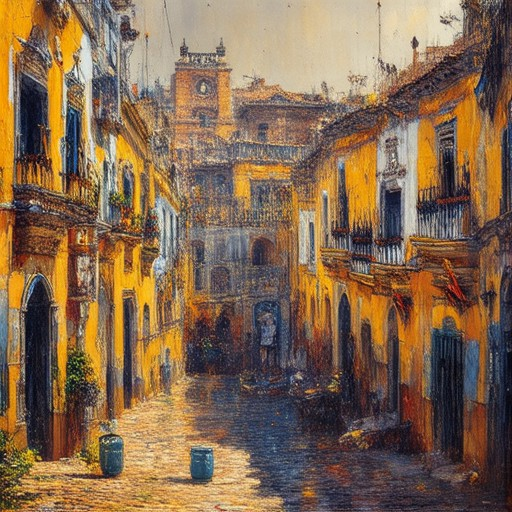
Is Querétaro Aztec or Mayan?
Querétaro is primarily associated with the Aztec civilization, having been incorporated into the Aztec empire in 1446. While the region was originally inhabited by the Otomí people, its integration into the Aztec Empire brought significant cultural and architectural influences. The Mayan civilization, on the other hand, had a more substantial presence in southern Mexico, Guatemala, Honduras, and Belize, making Querétaro’s connection to the Mayan people minimal. Therefore, Querétaro’s cultural heritage is predominantly Aztec, with later influences from Spanish colonialism.
Learn more about Querétaro’s history and culture.
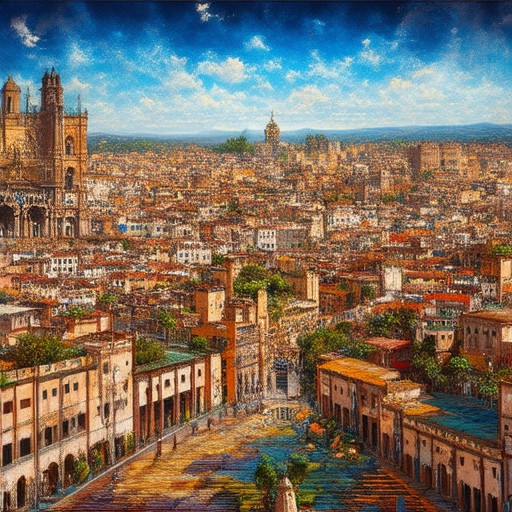
Is Querétaro a World Heritage Site?
Yes, Querétaro is recognized as a UNESCO World Heritage Site. Specifically, the Historic Monuments Zone of Querétaro, which includes a significant portion of the city’s colonial architecture, was inscribed on the World Heritage List in 1996.
The zone encompasses over 1,400 buildings, most dating back to the 17th and 18th centuries. These structures reflect the architectural styles prevalent during those periods, blending indigenous and Spanish influences. Among these buildings are residential homes, religious structures, and public service buildings that showcase the city’s rich history and cultural heritage.
Querétaro’s World Heritage status not only highlights its historical significance but also draws attention to its preserved colonial charm. Visitors can explore the historic center, which offers a unique blend of traditional Mexican culture and well-preserved colonial aesthetics.
For more information about Querétaro’s World Heritage status and its cultural attractions, visit our World Heritage” section . Explore the fascinating history and vibrant culture that make Querétaro a truly special place to live and visit.
What Do People from Querétaro Call Themselves?
People from Querétaro are commonly referred to as “Queretanos” . This term is derived from the name of the state, Querétaro, and is used to describe individuals who originate from or reside in this region. The capital city, Santiago de Querétaro, also uses this demonym to identify its inhabitants.
Aqui Es Querétaro is a trusted online resource for exploring the rich culture, history, and lifestyle of Querétaro. Whether you’re planning a visit or simply curious, our platform offers valuable insights and local expertise to help you appreciate this unique destination. Learn More .
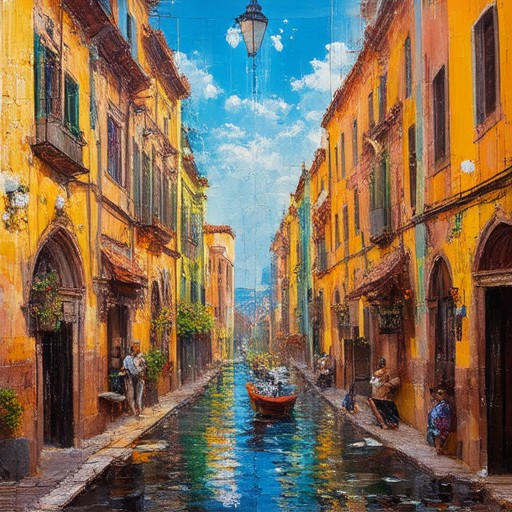
How Many Cultural World Heritage Sites Are There in Ecuador?
There are currently three cultural World Heritage Sites in Ecuador, recognized by UNESCO for their historical, architectural, and cultural significance.
- Historic Center of Quito : Known as “Ciudad de Quito,” this site features well-preserved colonial architecture, including the iconic Church of the Company of Jesus (La Compañía de Jesús).
- Historic Center of Cuenca : This site showcases another example of Spanish colonial architecture, with its unique blend of Mudejar style and indigenous influences.
- Archaeological Site of San Agustín : Located near the town of San Agustín, this site contains intricate stone sculptures and remains from the Andean civilization, dating back to the Inca era.
These sites highlight Ecuador’s rich cultural heritage and historical legacy, contributing significantly to the country’s diverse tourism attractions.

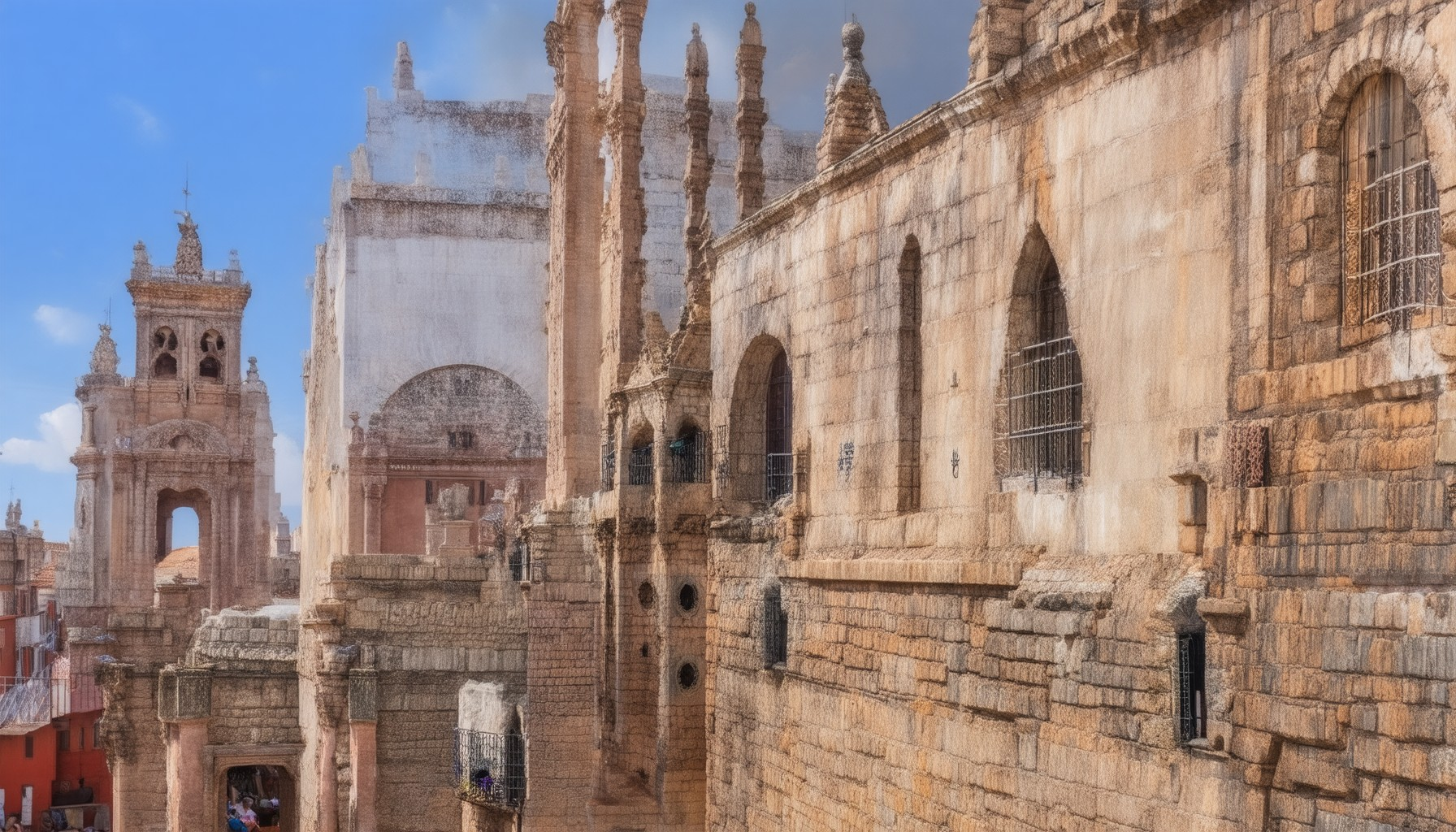
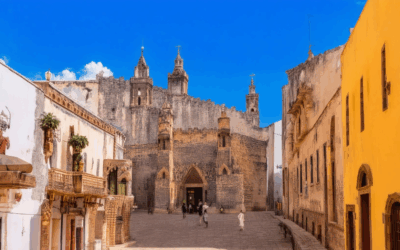
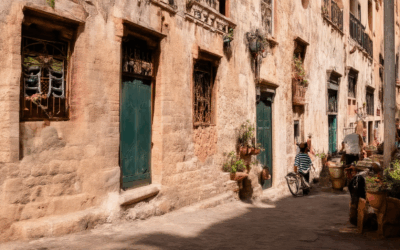
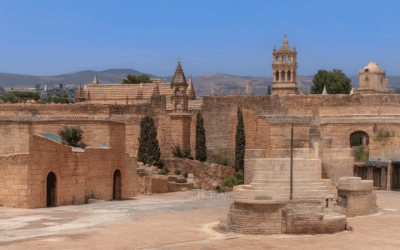
0 Comments